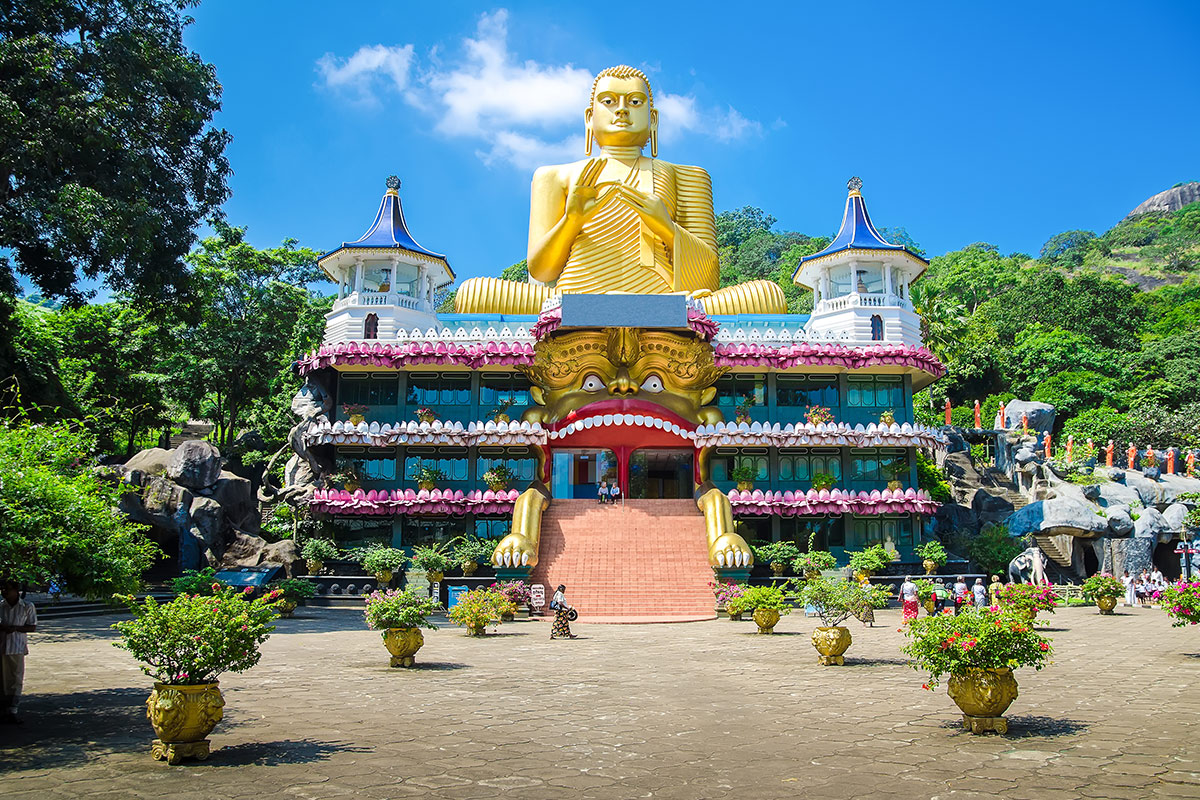
Sri Lanka is a land filled with smiles and known for its hospitality all over the world. This resplendent isle is also known as the pearl of the Indian Ocean. Living up to its name, Sri Lanka boasts of a wide range of riches in the form of diverse cultures, a vibrant tourism industry, plantations, infrastructure development, garment trade and a booming financial sector. It is an island on its way to discovering the 21st century, while retaining the old world charm of a leisurely lifestyle.
Together with the Sinhalese, Tamils, Muslims, Burghers, descendants of the Portuguese, the Dutch, the British, who ruled the country at various times, Moorish and Indian traders, and visiting Chinese and Malaysians opted to stay on, maintain their customs, traditions and religious beliefs brought in over the centuries by their ancestors.
Tantilising Visitors for Centuries
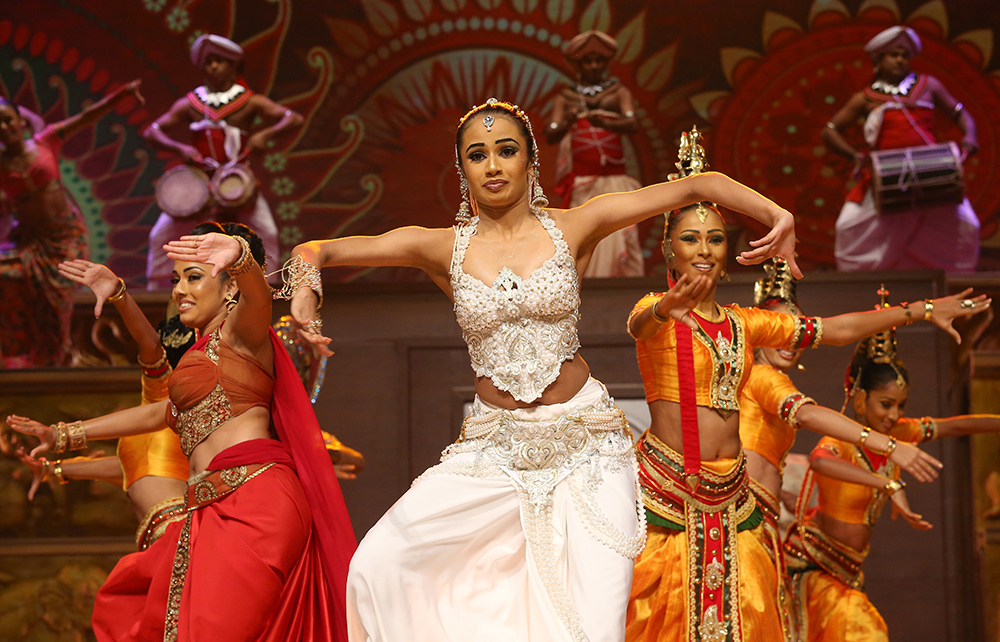
The tantalising beauty of the colours and customs of this land, which, according to Mark Twain were “all harmonious, all in perfect taste”, have seduced travellers, including ancient mariners and merchants to modern astronauts and business people. It has captivated visitors like the 14th Century Moroccan traveller Ibn Batuta, who said, “In the island of Ceylon, rubies are found in all parts.” The others who visited the island in the past included Omar Pasha and lately space scientist Professor Arthur C Clark. Sri Lanka has come a long way since then, achieving golden milestones in the field of sports, trade, diplomatic ties, development and travel and tourism, placing itself on the world map prominently.
A Haven for Middle Eastern Travellers

Middle Eastern tourists to the island will feel at home since they can see a number of mosques in the Sri Lankan capital and in all parts of the island. Arab traders who visited the island built several mosques here. Their first mosque, Abrar, stands as a monument of their influence in Beruwela, a Muslim town 40 km away from Colombo.
Colombo

Colombo, the main point of entry, is a bustling metropolis of big businesses and small bazaars. The whole city has been beautified according to tastes of the locals and international travellers. Arcade Independence Square is the third super-complex to pop up in Colombo recently, after the Dutch Hospital and the racecourse.
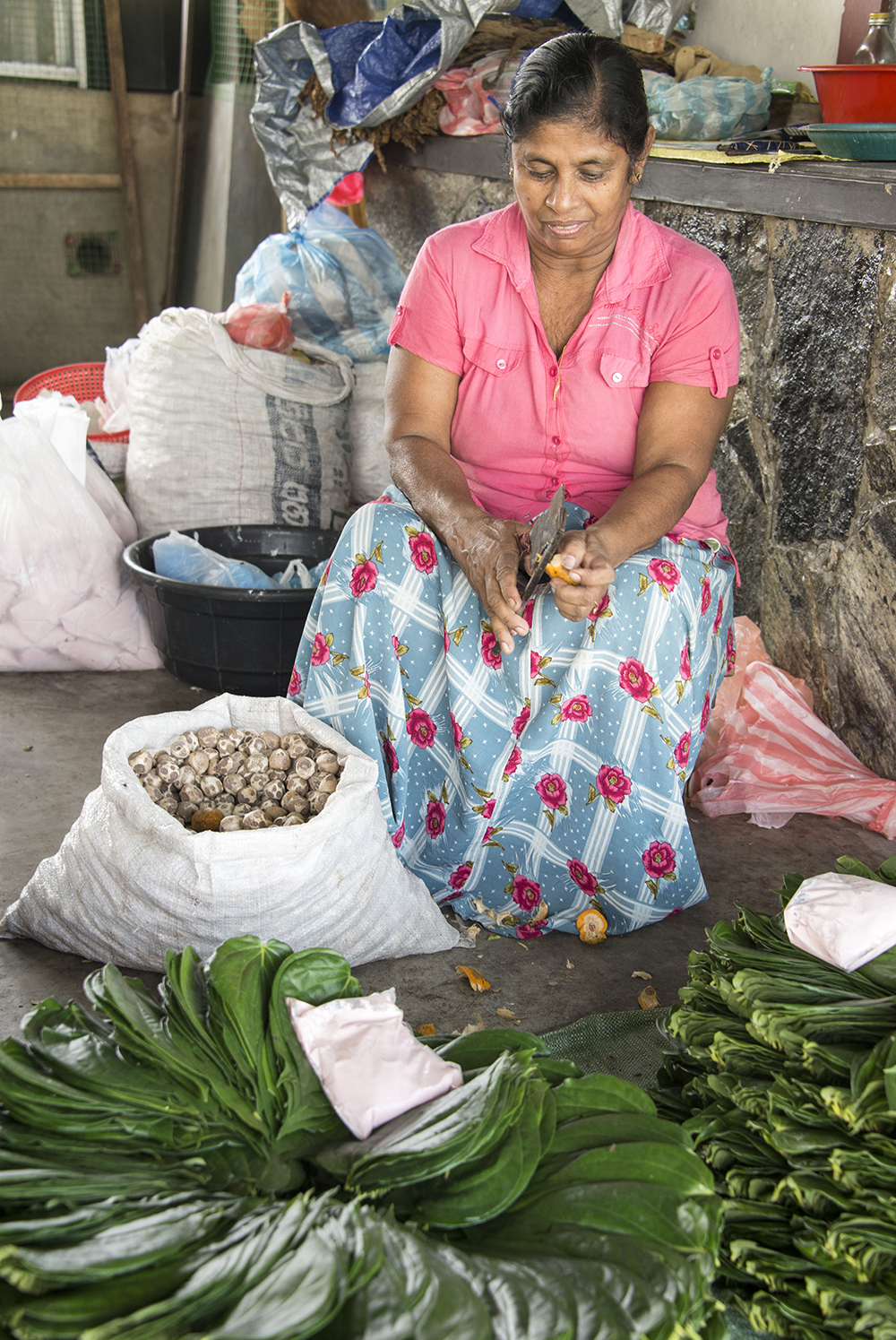
It’s a beautiful, central space with a food court, restaurants and shopping centres, cushioned on a beautiful green expanse. The Arcade premises are pretty large, it’s made up of a series of connected signature white colonial buildings and the old Auditor General’s building. Green lawns, tall trees and flawless paved floors scattered with some very cool furniture surround the buildings. The central spot has got fountains and even a fish tank you can look at — get this — while walking on top of it. Overall, it’s one of the nicest places to hang out in the capital.
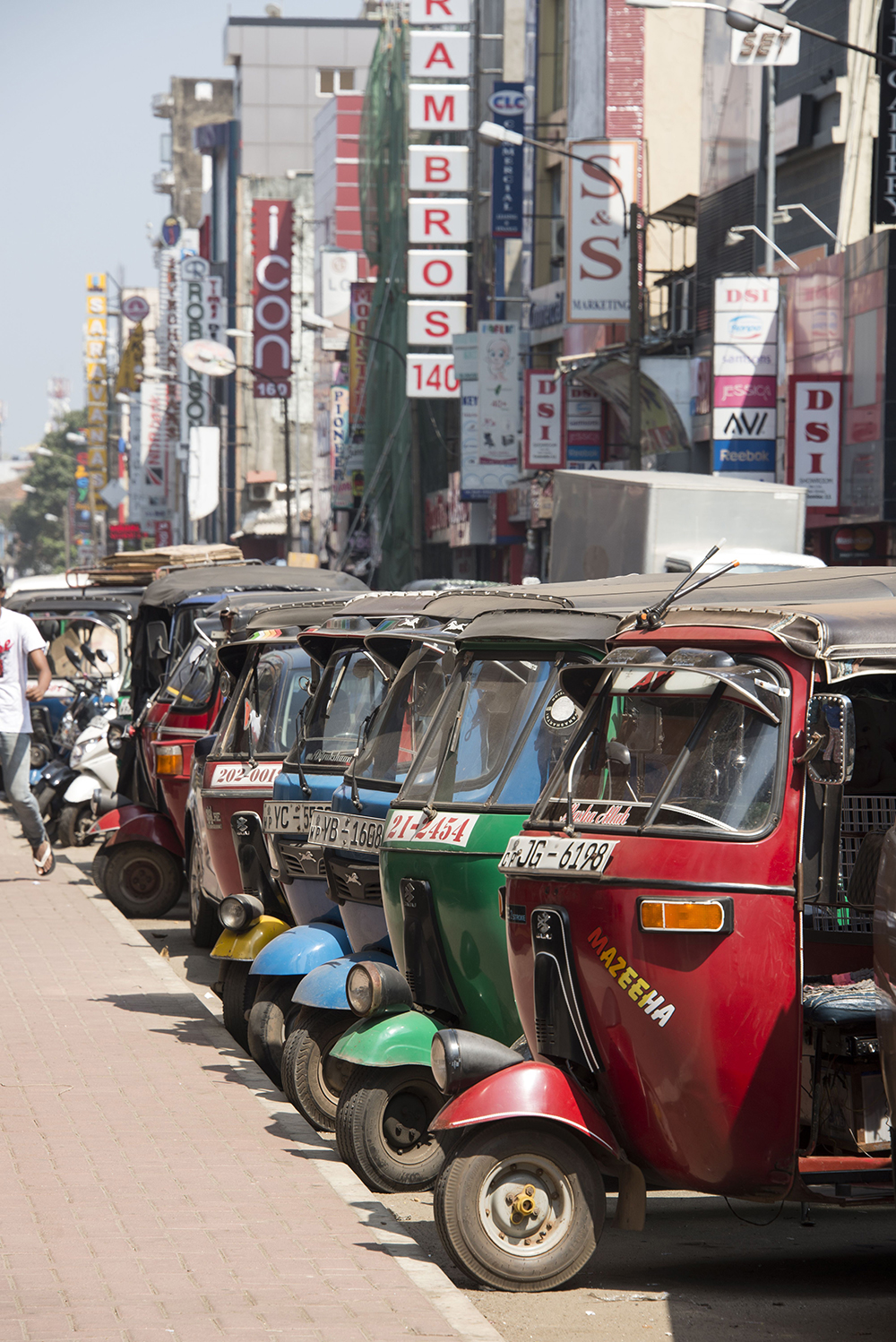
Another pleasant addition to the city is the Floating Market in Pettah, a concept market in Bastian Mawatha built by the Urban Development Authority. The Floating Market, which sits between the long distance private bus terminal in Pettah and the fort railway station, contains 92 stalls including a restaurant and refreshment stands. The stalls are built on the banks of a canal of the Beira Lake and floating platforms selling vegetables and fruit are one of the market’s attractions.
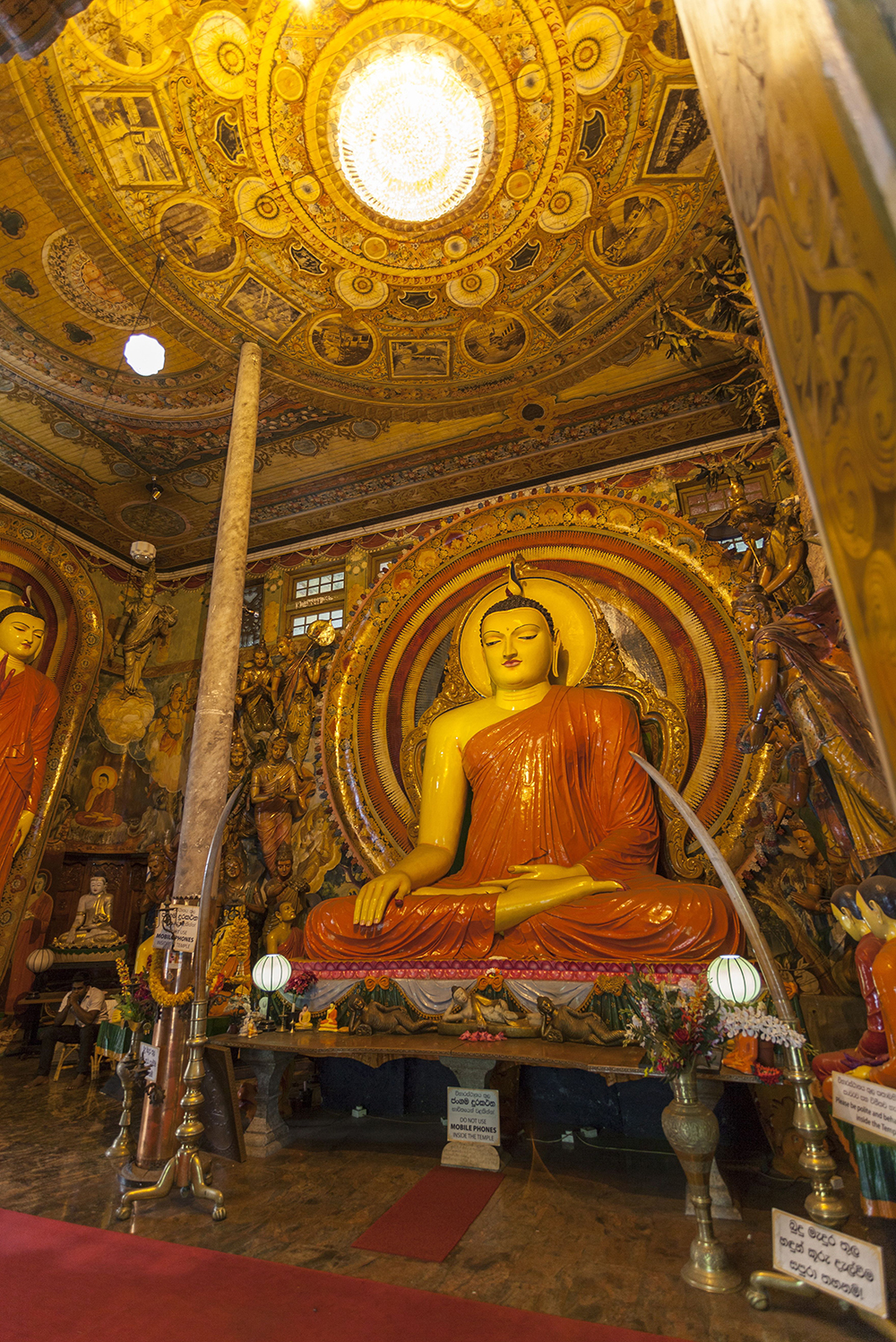
In addition to the private shopping stalls, it will also house a number of selected state institutions that will offer local produce, gems, jewellery and the likes. The first of its kind market in the country, it offers people a unique shopping and dining experience in a beautiful setting and its convenient location offers easy access to visitors. The special lighting, with solar powered street lamps, illuminates the area with shades of various colours. What’s more, the artistically landscaped walkway and the tree-lined street reflect the environmental concern shown during the market’s construction phase.
Hambantota
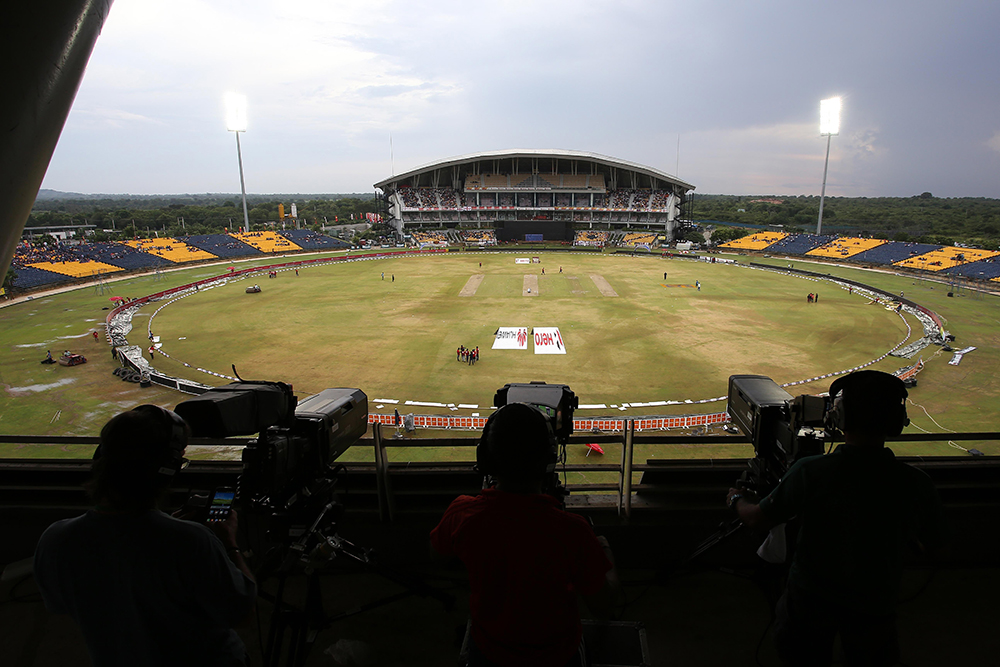
With its cluster of economic nerve-centres, Hambantota is a fast-developing city in southern Sri Lanka, which is becoming the nucleus of development in the country in the run-up to the Commonwealth Games in 2018. Hambantota is the chief focal point of development in Sri Lanka and boasts a seaport, oil refinery, international convention centre and international airport. There’s also an international cricket stadium, southern railway line, southern expressway and an international sports hub.
Resorts here cater to all sorts of visitors, with hotels ranging from luxury five-star international chain properties to the much more moderate budget hotels. Most hotels offer a culinary extravaganza to pamper guests, with a variety of cuisine from the East and the West, as well as local dishes that reflect the changeable tastes of seafarers, invaders and traders who came ashore over the centuries.
Culture & History

Spanning over 25 centuries, Sri Lanka’s classic and deep-rooted civilisation is eloquently recorded in ancient and historic cities and citadels and in masterpieces of architecture, art, sculpture, and engineering. Despite Sri Lanka’s modest size, as many as six UNESCO World Heritage Sites underscore the country’s vast and fascinating archaeological wealth. Many of these and other monuments are conveniently located in a compact area called the Cultural Triangle.
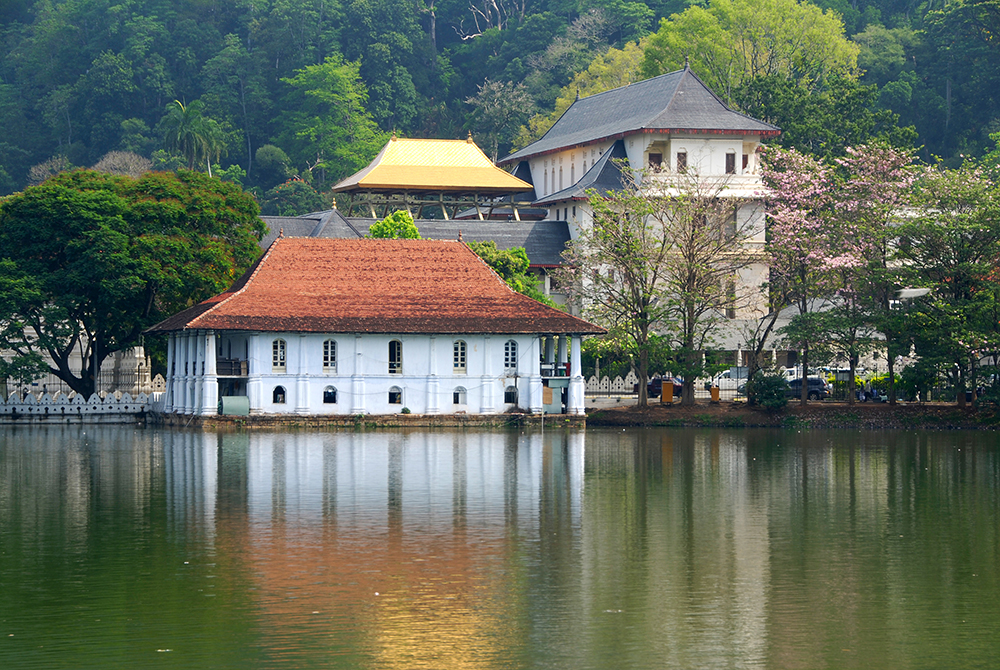
The history of Sigiriya dates back to over 5,000 years, to the Mesolithic period. One of Sri Lanka’s major attractions and a World Heritage Site, Sigiriya (Lion Rock) came into prominence in the 5th century AD, when King Kasyapa, afraid of reprisals led by his half-brother, Mogolan, chose to move the seat of power from Anuradhapura to this 500m rock. The king and his master builders were responsible for the complex plan, which made Sigiriya the glorious capital it was for 17 years (477– 495 AD). The Mirror Wall, which records the poetic outpourings of early visitors to the rock and the colossal plan of the royal palace, water gardens and fortifications, is entirely fascinating.
Heavenly Scenery
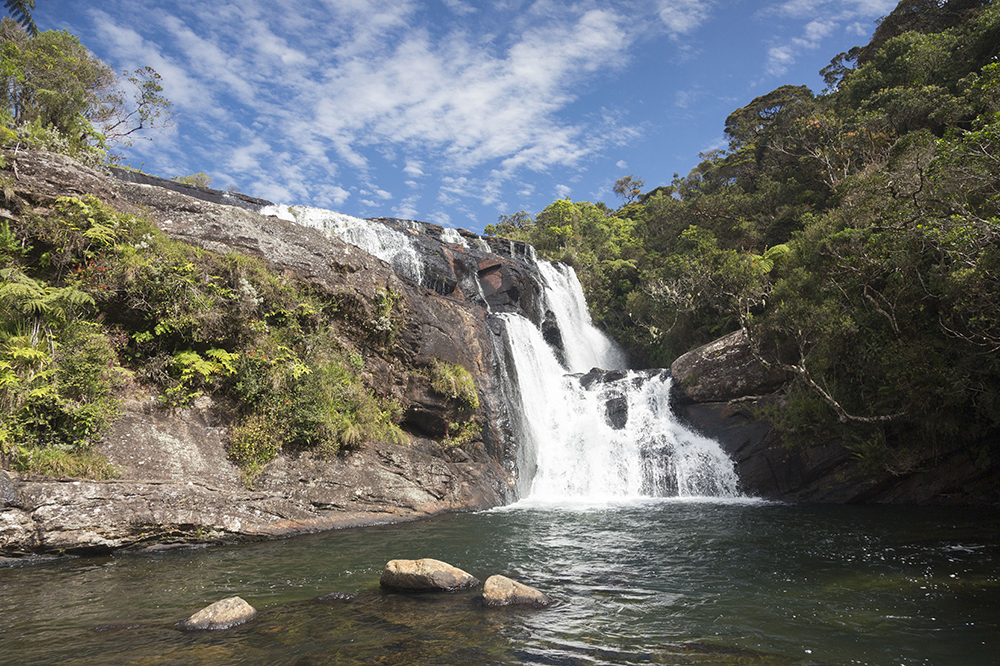
Sri Lanka’s scenic beauty is as varied as it is enchanting. Hill roads and railways cross picturesque landscapes, making travel here exciting. Sri Lanka’s highlands are also full of other fascinating sights. Tea covers vast areas of the hill districts and a visit to a tea plantation, always scenically sited, to see Sri Lanka’s most famous product being grown and processed is an integral part of the Sri Lankan experience.
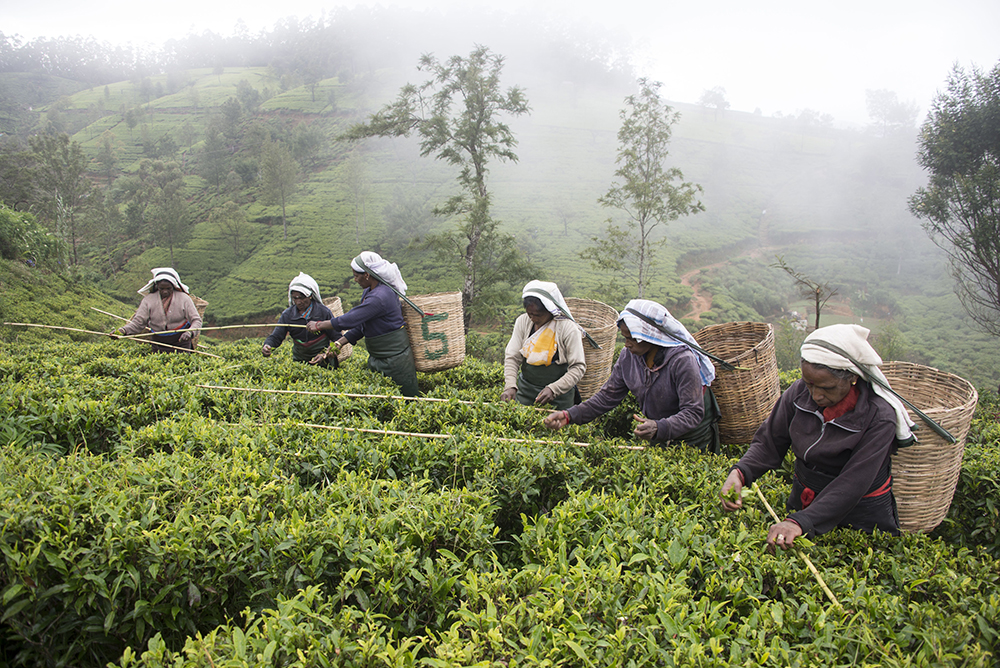
Many flagrant spices are also grown in the highlands, especially around Kandy, where numerous spice gardens welcome visitors. The Southwestern foothills around Ratnapura (City of Gems) yield Sri Lanka’s famed jewels: visitors can see them being recovered here from pits and riverbeds.
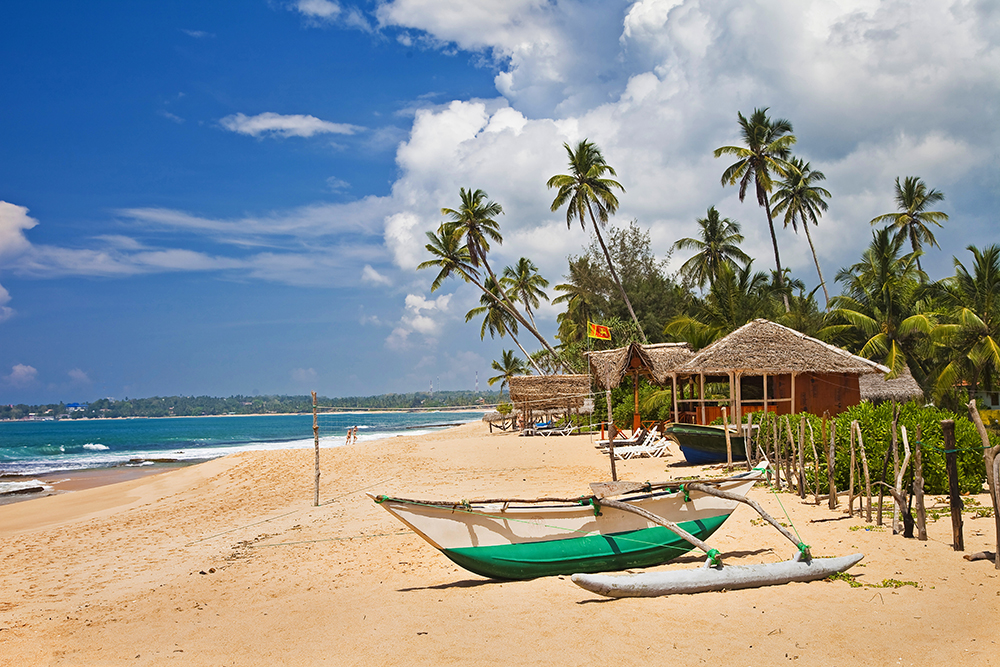
Unique highland nature reserves will delight nature lovers. Some of the most fascinating are the Sinharaja Rain Forest (a UNESCO World Heritage Site), the Knuckles Ranges and Horton Plains mountain cloud forests and the Peak Wilderness. The Nuwara Eliya hill resort, 1,800 metres above sea level, has a pretty location among high mountain ranges and prime tea plantations. British period architecture, flower filled gardens and an 18-hole golf course are reminders of its colonial roots. The Hakgala Botanic Gardens close by has fine collections of sub-tropical flora.
Not To Miss:

- Hill town Kandy, the last royal citadel, is the country’s cultural centre and home to the 10-day Esala Perahera, the most spectacular of Sri Lanka's festivals and one of the most colourful religious pageants in Asia.
- Galle, the ancient port of Tarshish, is a town within a medieval fortress, while Nuwara Eliya, in the salubrious up-country, nestles amidst picturesque tea gardens and dazzling waterfalls.
- In Rajarata or king’s domain, you can visit the ancient cities of Anuradhpura, Polonnaruwa, Dambulla and Sigiriya, all treasured antiquities of a priceless heritage that is over 2,500 years old.
- The western coastline from Negombo, north of the airport, to Tangalle, in the south. This area shelters a string of magnificent beach resorts and quaint fishing villages.
Images are via Rex Features, Shutterstock

















